What are sleep colours? How to use these special shades in your home to help you shut off at night
If you’re struggling to get a solid eight hours a night, it’s time to rethink your decor
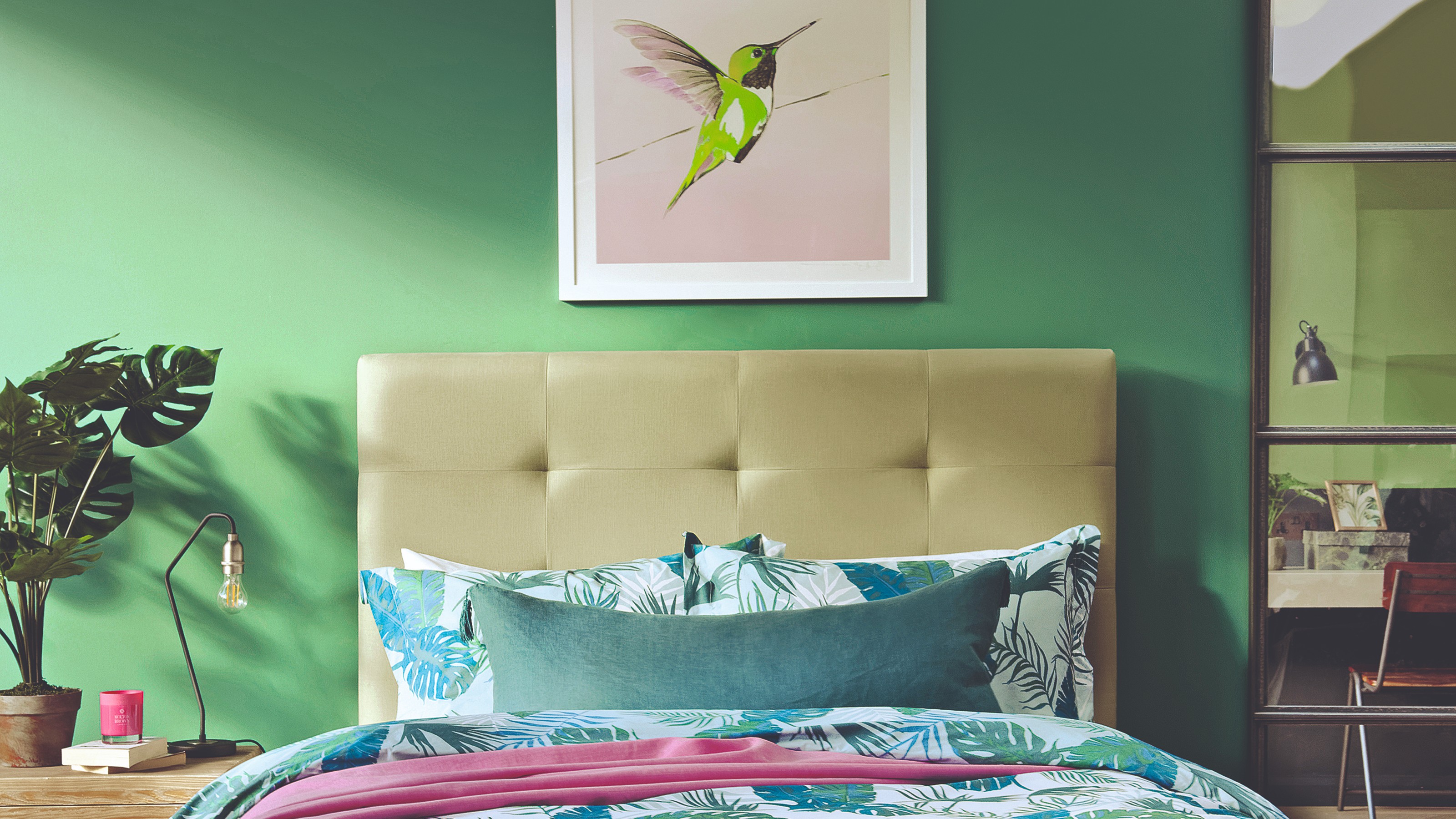


When it comes to getting a good-quality night’s sleep, your surroundings play a bigger part than you might think. If you go to bed feeling stressed, anxious or over-stimulated, you might struggle to fall asleep and stay that way. The right environment can be a crucial part of the winding-down process to alleviate that before you go to bed, to make better sleep possible.
Low noise, low light, a cool temperature and the best mattress are obvious starting points, but have you considered whether your walls could be harshing the vibe? Our responses to colour are very personal, but sleep colours are particular shades that can promote feelings of sleepiness and help you unwind.
The decor in your bedroom, and the room you generally use to relax in before bed, is the perfect spot to use these calming colour schemes. Colour consultant and analyst Jules Standish says, ‘The mood and purpose of a bedroom is to encourage great sleep, create a relaxing and calming environment and maybe add a touch of romance, too.’
We've spoken to a number of sleep and colour experts to find out how sleep colours work and what colours they include to help you use your decor to sleep easy.
What are sleep colours?
Sleep coach Dave Gibson says, ‘They are colours we find in nature, such as blues and greens (especially with blue tones), as well as the softer shades of yellow and orange. They can influence sleepiness as they create calmness and positivity, allowing you to relax.’
‘Colour can promote sleepiness by creating a calming environment that allows you to relax and switch off,’ explains sleep consultant Amy Cheseldine. ‘However, bright and intense colours may be overstimulating for the mind, disrupting the onset of sleep.’

Dave is a certified stress-management coach, naturopath and hypnotherapist, as well as a qualified osteopath. He works with clients and companies on stress management, posture and vitality through exercise, diet and sleep. Since he launched thesleepsite.co.uk in 2014, his advice has been featured in national newspapers and on BBC Radio. He has also worked as an osteopath for the BBC’s Strictly Come Dancing.

Amy is a Certified Sleep Consultant Practitioner and founder of The Good Sleep Method™. She works with adults across the UK to improve sleep challenges, enabling them to feel and perform at their best. Amy takes a holistic approach to sleep, that considers the interconnectedness of many factors that contribute to sleep quality & duration. Her work includes techniques from Cognitive Behavioural Therapy for Insomnia (CBT-i) and Acceptance & Commitment Therapy (ACT).
1. Mellow pinks
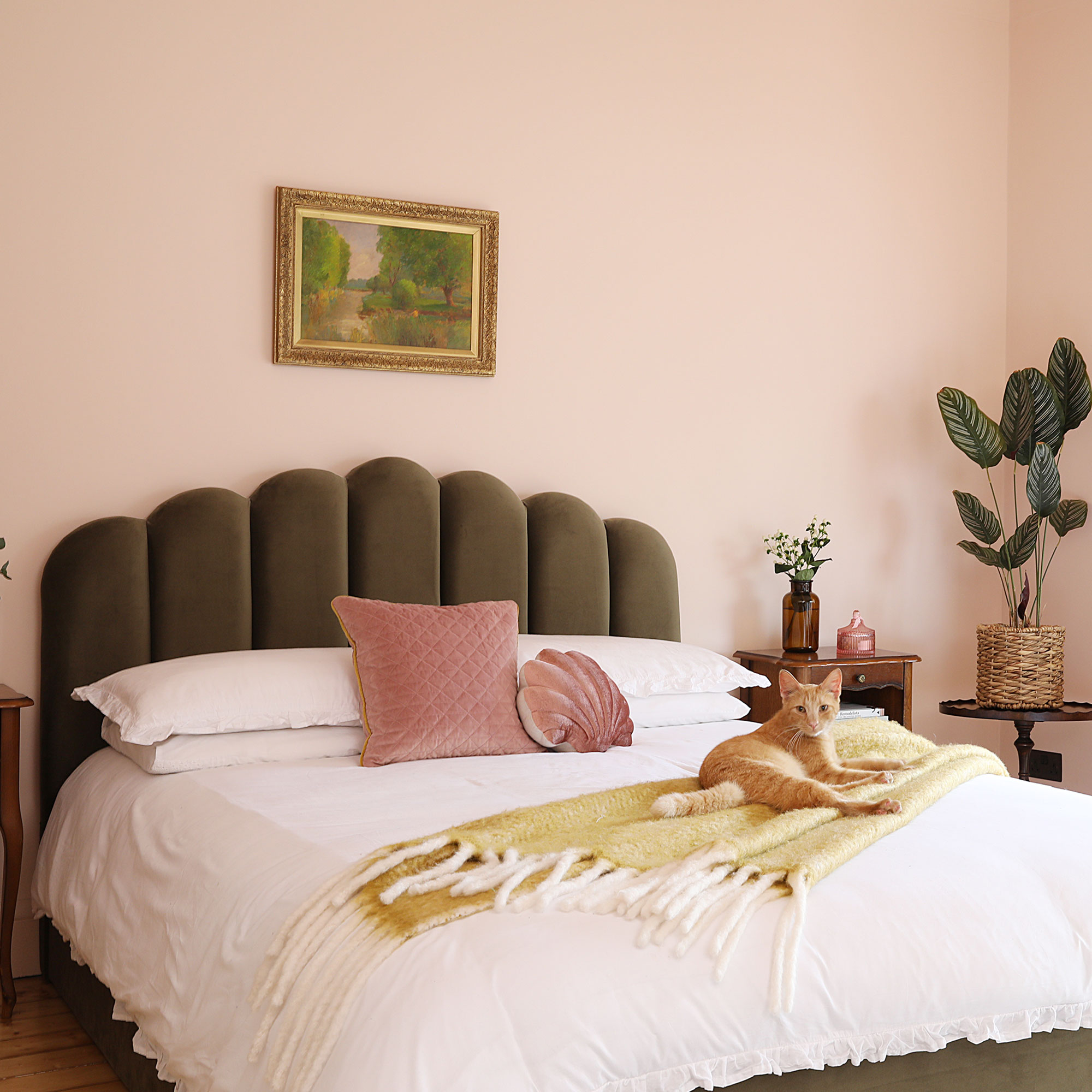
Pink bedroom ideas are instantly comforting and soothing, so it's not surprising that it's a key sleep colour. Colour consultant Jules Standish says, ‘Pink speaks the language of love, but it’s not only for romantic types. It’s a comforting colour for everyone to surround themselves in. Cosseting and protective, it’s like being wrapped in a great big pink hug.
Get the Ideal Home Newsletter
Sign up to our newsletter for style and decor inspiration, house makeovers, project advice and more.
‘A pink room creates a sense of contentment and as a nurturing colour can enhance the quality of sleep. Pink is versatile, offering many choices according to your preference and personality. From the softer cooler shades of rose and carnation to the warmer salmons and corals to vibrant hotter pinks that can boost the mood of the bedroom.
‘Decorate with pink in patterns and prints, or go full-on by colour-blocking it on walls, curtains, or bedspreads. If just a hint of pink appeals more, put a beautiful rose quartz crystal by your bed for a night of sweet dreams.’
2. Soothing blues
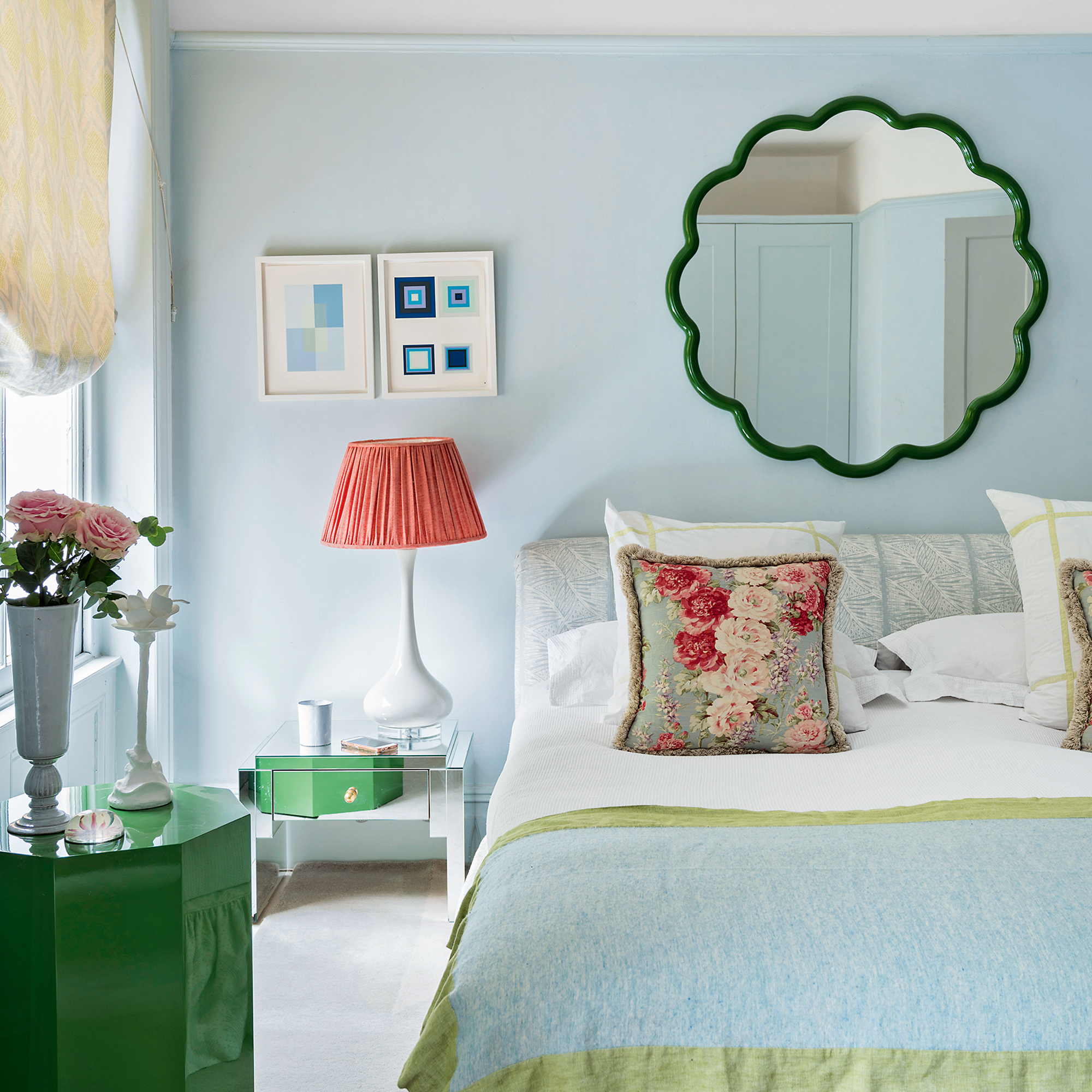
Jules continues, ‘Blue evokes the calming, serene qualities of the sky and the sea. This universally loved colour can be brought into a bedroom with positive benefits to help create a peaceful and restorative space.
'Blue, as a short wavelength of light, helps to alleviate stress by soothing the nervous system and lowering blood pressure. A blue bedroom will enable rest and a good night’s sleep, recharging the batteries for the new day. It helps to calm the mind and settle the pulse. Paler and cooler shades are light and expansive; deeper ones offer a dreamy atmosphere full of mystery, reminiscent of the night’s sky.’
3. Calm greens
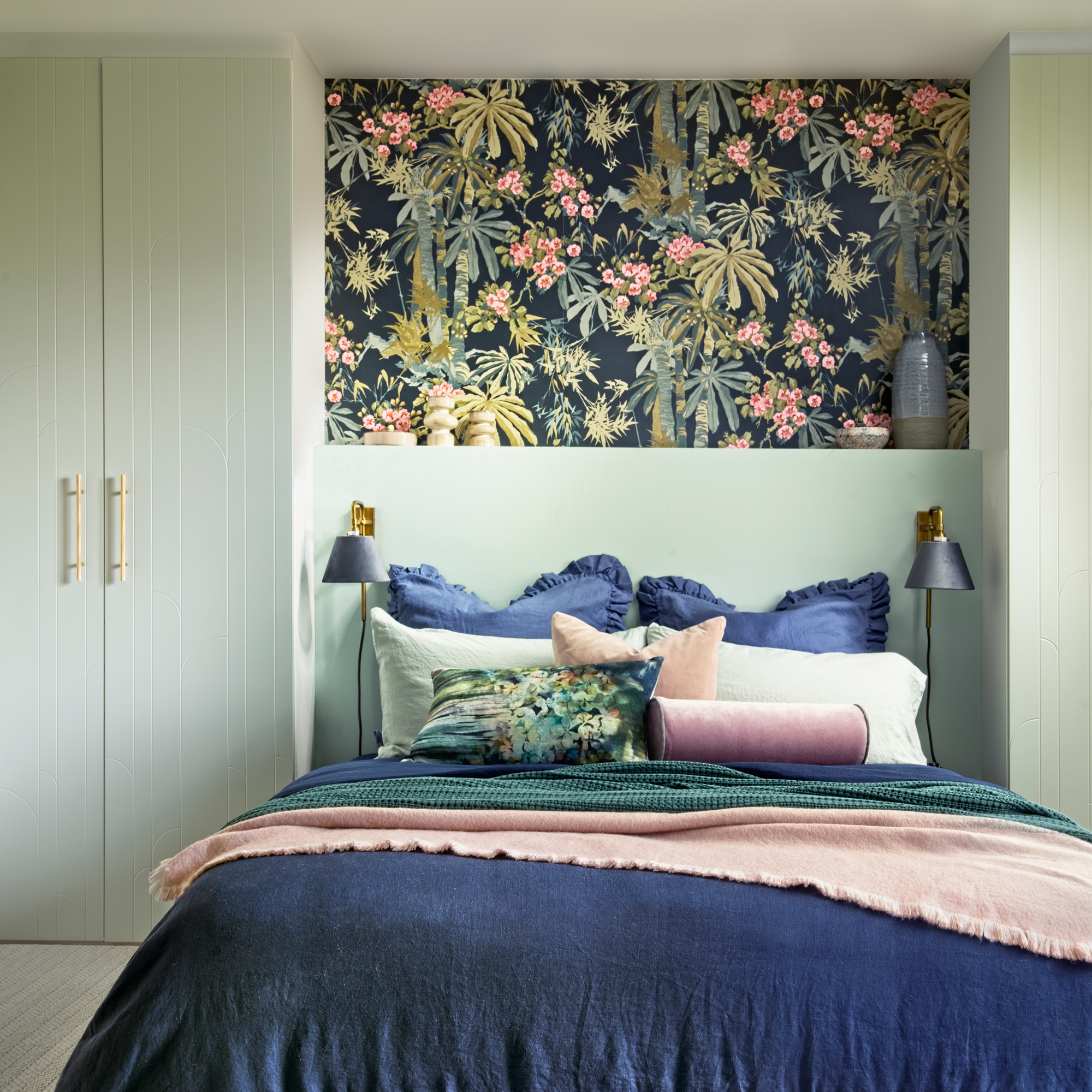
‘Green sits midway on the colour spectrum and is restful on our eyes, just like in nature,’ says Jules. ‘Its neutrality is reassuring and promotes a sense of wellbeing, balancing the mind and body. The softer shades of mint and sage will encourage a restful night’s sleep.'
However, some of the shades you use in your green bedroom ideas should be used with care. She points out that: ‘anything that goes too far into the lime category should be used with care, due to its stimulating yellow base and is best used in small doses as an accent colour.
‘The stronger jade and emerald greens will add a touch of luxury to the bedroom, and encourage a magical, dreamy sleep. Combine them with nurturing pink or glitz things up with metallic gold and bronze lamp shades or picture frames for an exotic touch.’
4. Gentle violet, lavender and lilac
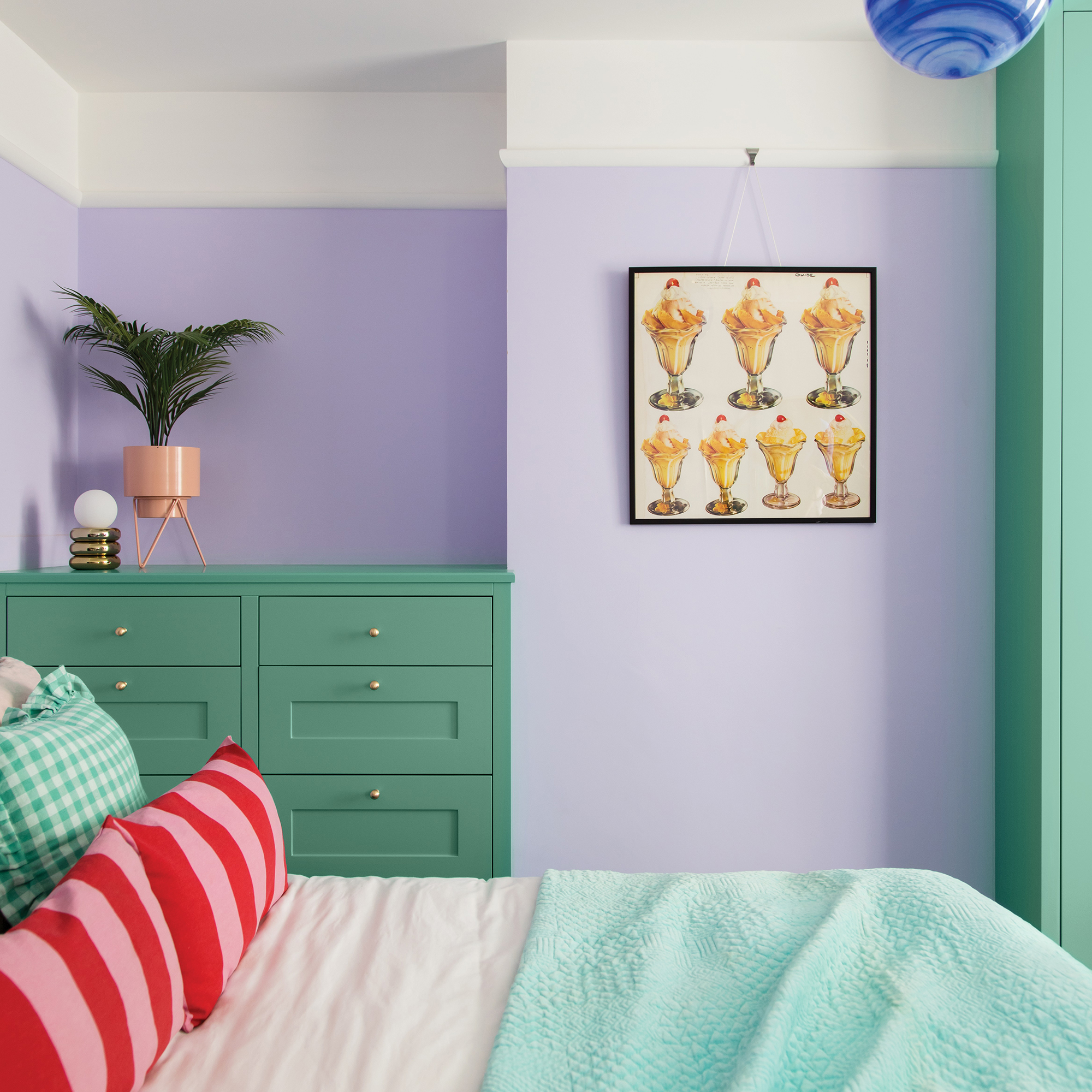
‘Violet is the shortest wavelength of light and a sedative to sleep in. This colour encourages us to take some time out, to meditate and reflect,’ explains Jules. ‘It brings a healing energy to the bedroom that can soothe the senses and quieten the mind.
‘Deep violet needs a larger space due to its richness – or, use it as an accent colour. The pale lavenders and lilacs are gentler to view, allowing our imagination to drift away into spiritual realms.
'These shades can offer protection in a soft and gentle way, and be helpful during times of change. Add a hint of orange, its complimentary colour, to lift the mood and the intensity of violet.’
5. Fresh turquoise
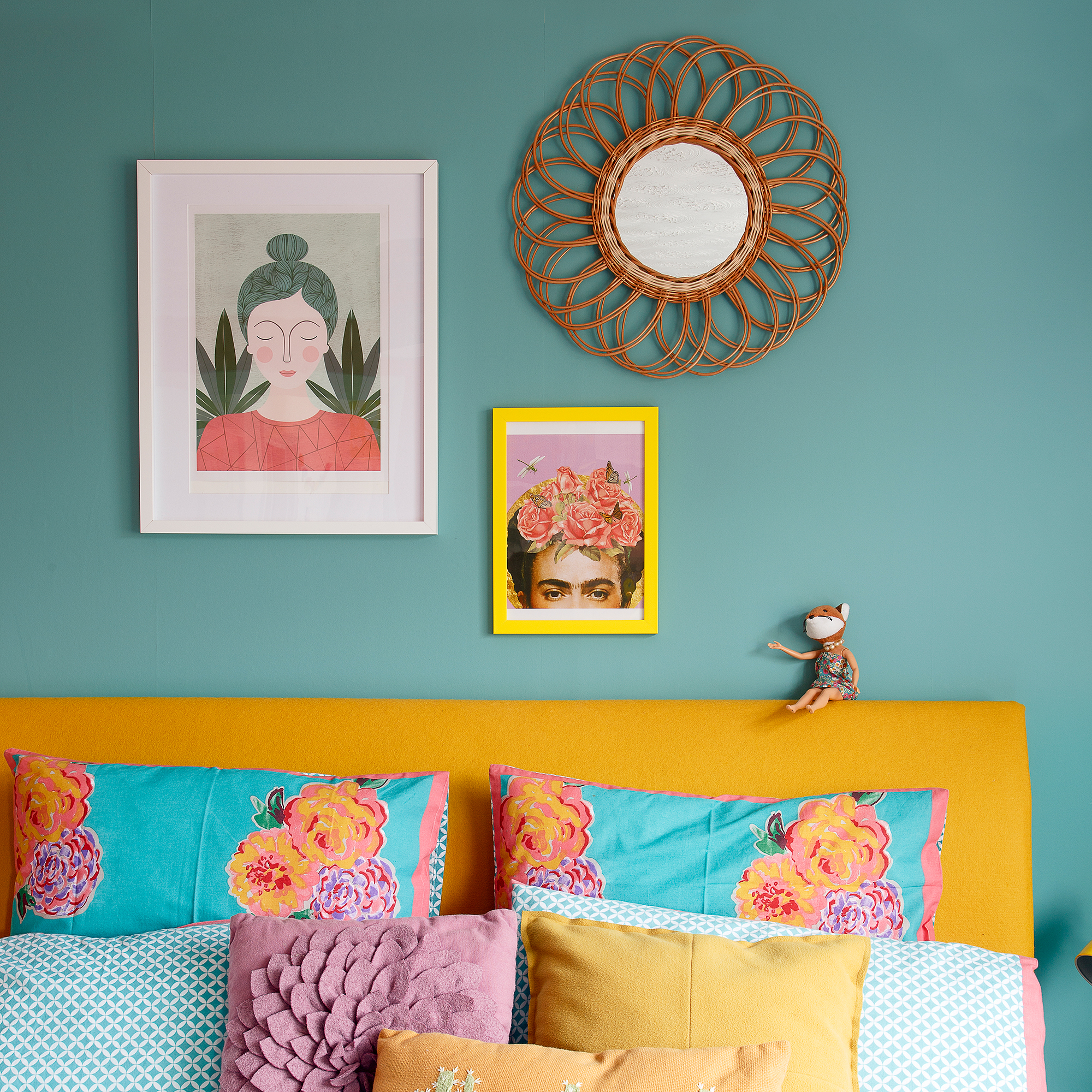
Jules says, ‘Turquoise is tranquil and uplifting, and helps to ease tension, restoring our bodies and minds back to vitality. A mix of both blue and green, it combines the psychological and balancing properties of both.
‘The shade should depend on the mood you want to create. It can make a bold statement if used on the walls or in large amounts. Alternatively, it can be beautifully mixed into a pattern or print with peach or apricot which warm up the coolness of this expansive and creative colour.
‘Yellow can also add a bright, optimistic touch to turquoise, but in small amounts as it’s a stimulating colour and needs to be balanced in a bedroom to promote good sleep and a happy heart.’
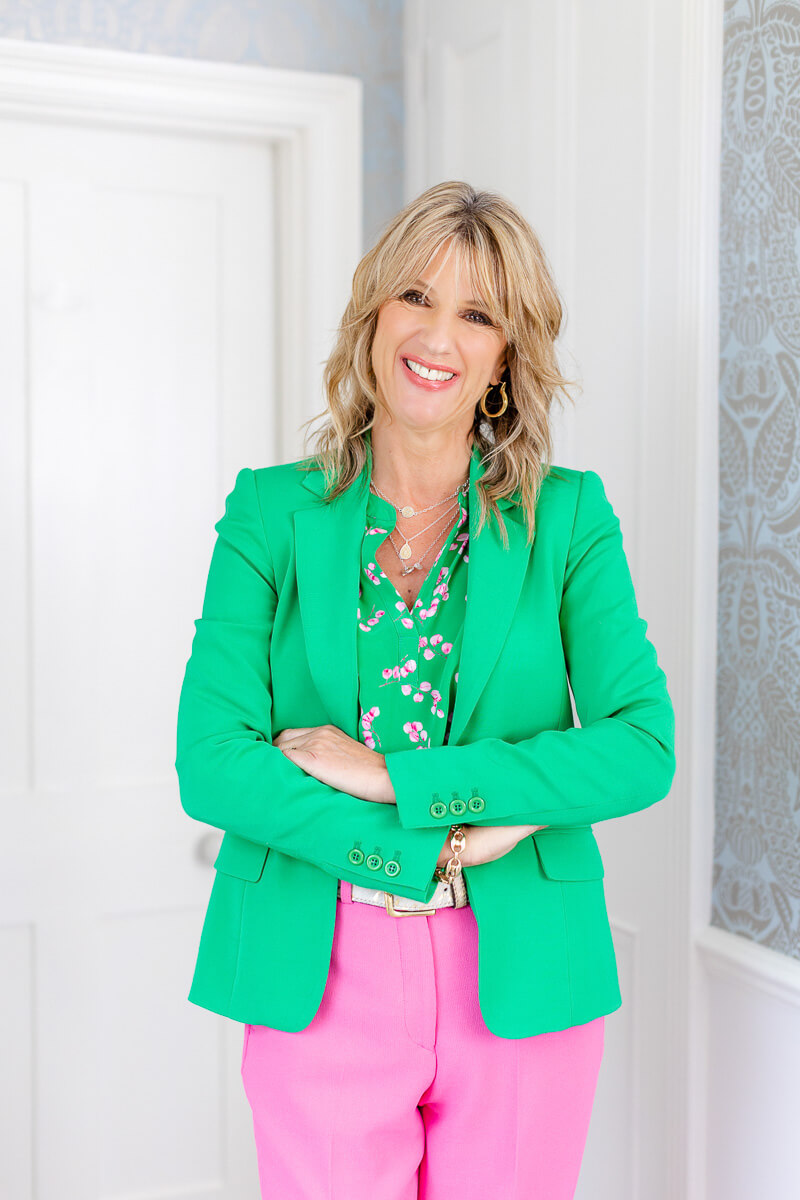
Jules trained in the Colourflair System of Image Consultancy and began teaching and mentoring all things colourful in 2008. Known as ‘The Colour Counsellor’, she is one of the UK’s leading colour analysis experts and Head of Colour at the London College of Style. Jules has authored three books: How Not to Wear Black, The Essential Guide to Mindful Dressing and A Colourful Dose of Optimism.
FAQs
What is the best colour bedding for sleep?
There isn't any scientific research into the best colour bedding for sleep, but you should aim to stick to colours you find soothing.
‘Anything too bright or bold may be visually arousing,’ says sleep consultant Amy Cheseldine, ‘but personal preferences significantly influence whether patterns are perceived as calming or stimulating.’ Dave Gibson adds, ‘The worst colours for sleep are red and bright purple, as they boost alertness.’
What is the most relaxing colour?
Sleep coach Dave Gibson reveals, ‘The most relaxing colour for sleep is potentially a light shade of blue as it’s associated with a blue sky and sea, tranquillity, and words like “relaxed” and “safe”. One survey even found people with blue bedrooms slept the longest compared to other colours.’
As we mentioned at the start sleep colours are a matter of preference, what calms you down might be a shade that someone else can't stand. So when choosing the best colour for your bedroom or lounge think about how it both works in the space and how it makes you feel, before settling on a paint shade.

Vanessa Richmond has been a freelance writer, editor and editorial consultant since 2021. Her career in magazines began in 1998 and, apart from a four-year stint at women’s lifestyle magazine Red, it has been spent working on interiors titles including House Beautiful, Country Homes & Interiors and Style at Home. She is a former editor of Ideal Home, Country Homes & Interiors and Style at Home magazines. She has also worked for House Beautiful and Red. During her 25 years as a journalist, she has been a sub-editor, columnist, deputy editor and editor. Now she combines freelance writing with being a secondary-school English teacher.
-
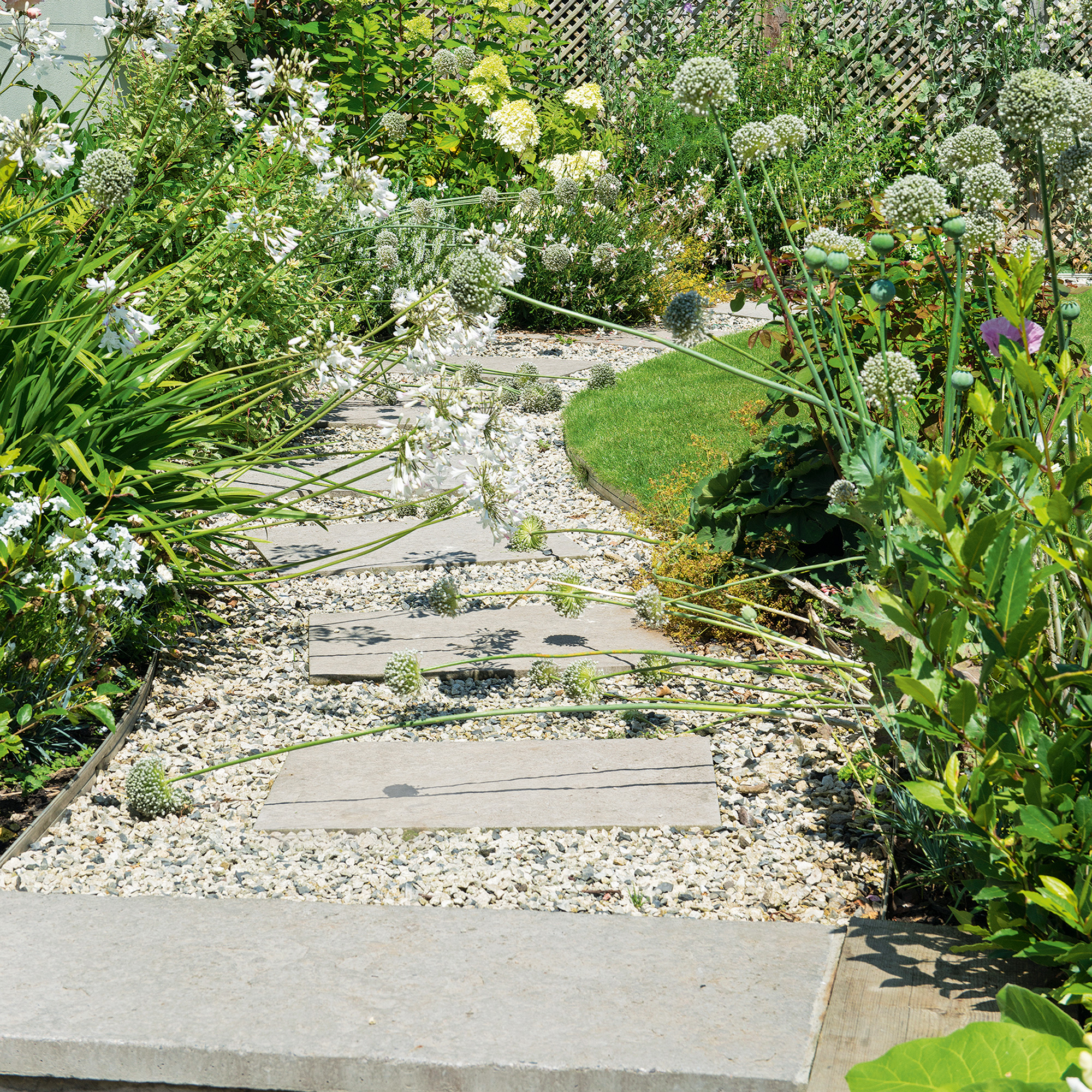 5 brilliant budget alternatives to paving slabs that won't cost the earth
5 brilliant budget alternatives to paving slabs that won't cost the earthLooking to pave your garden on a budget? Try these stand-ins...
By Sophie King
-
 Want to cook like Jamie Oliver? Here's the top-rated pan from his collection
Want to cook like Jamie Oliver? Here's the top-rated pan from his collectionJamie's collaboration with Tefal has led to this casserole dish getting the best user reviews I've ever seen
By Molly Cleary
-
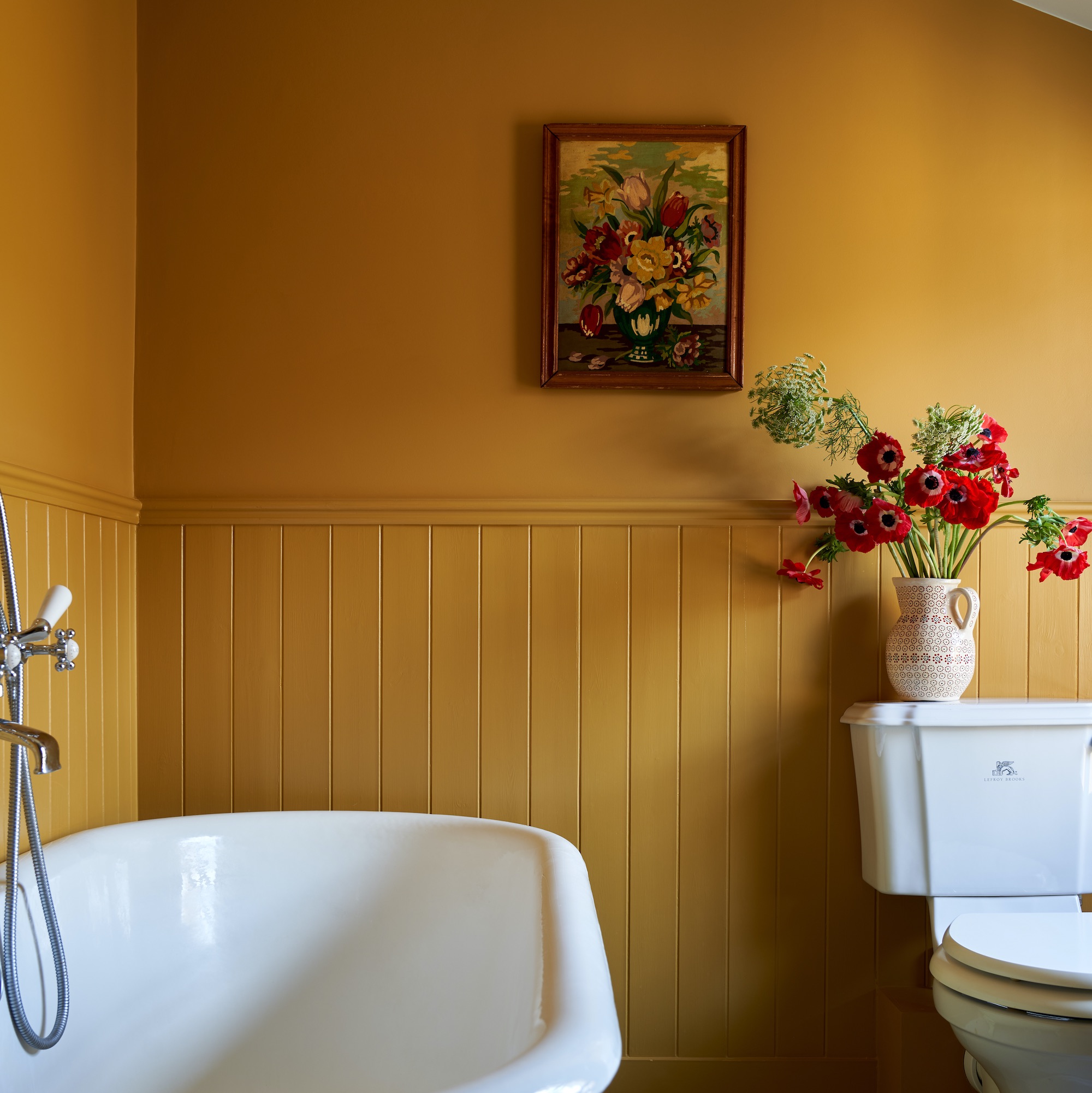 7 best colours to paint a windowless bathroom that will transform the mood of a dark wash space
7 best colours to paint a windowless bathroom that will transform the mood of a dark wash spaceA bathroom without a view needn’t sink your plans for a warm and welcoming retreat
By Linda Clayton
-
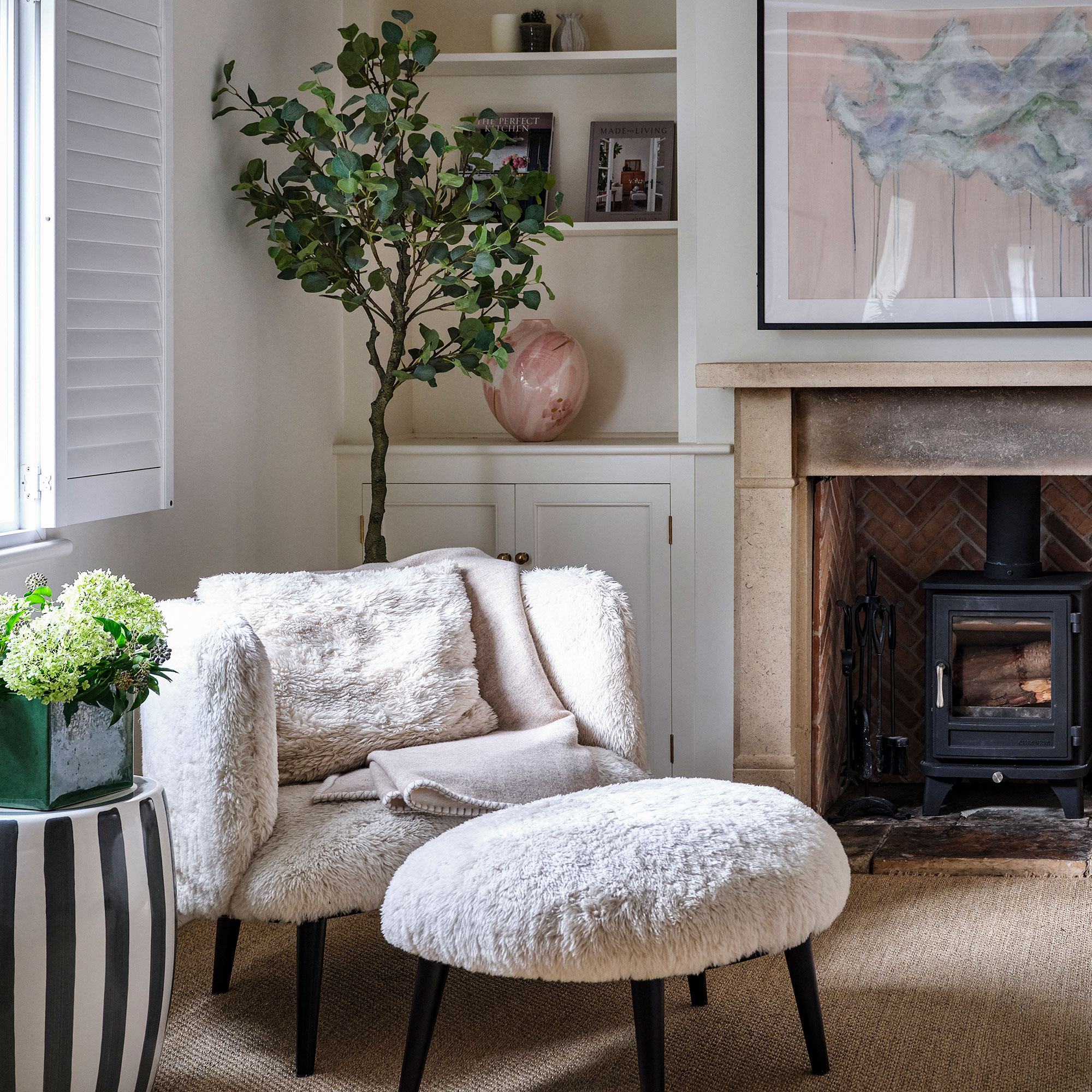 Hygge living room ideas — 6 ways to warm up your home with this Danish concept and cosy aesthetic
Hygge living room ideas — 6 ways to warm up your home with this Danish concept and cosy aestheticHunker down until summer finally arrives with these warming ideas
By Rebecca Knight
-
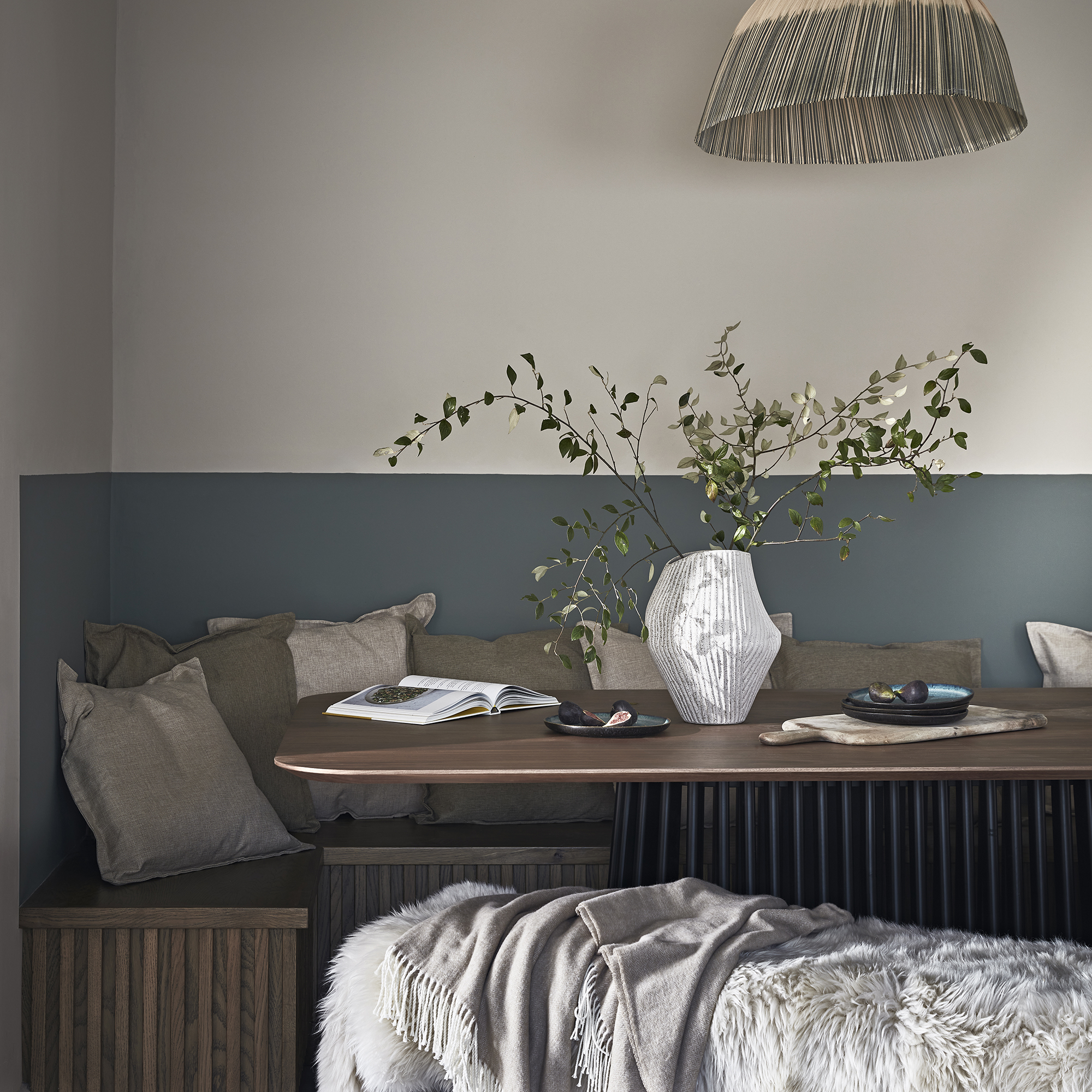
 How to create a sensory home – interiors experts reveal 5 easy ways to style your home and soothe your mind
How to create a sensory home – interiors experts reveal 5 easy ways to style your home and soothe your mindYou can turn any space into a sanctuary by following these simple steps
By Maddie Balcombe
-
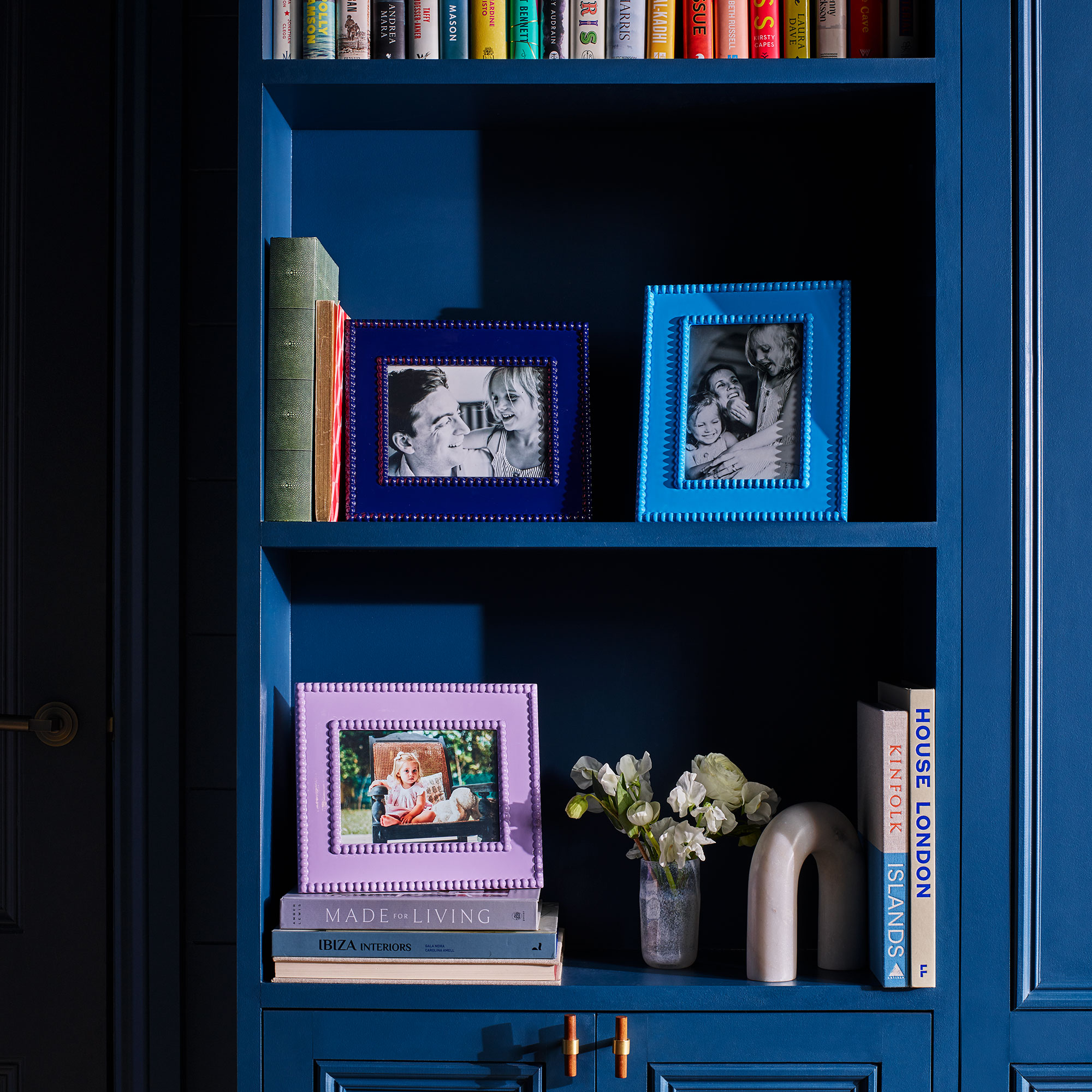
 Can displaying family photos at home make you happier? According to research it can — 5 ways to do it in style
Can displaying family photos at home make you happier? According to research it can — 5 ways to do it in styleHarness the mood-boosting power of looking through old photos by displaying your favourites
By Rebecca Knight
-
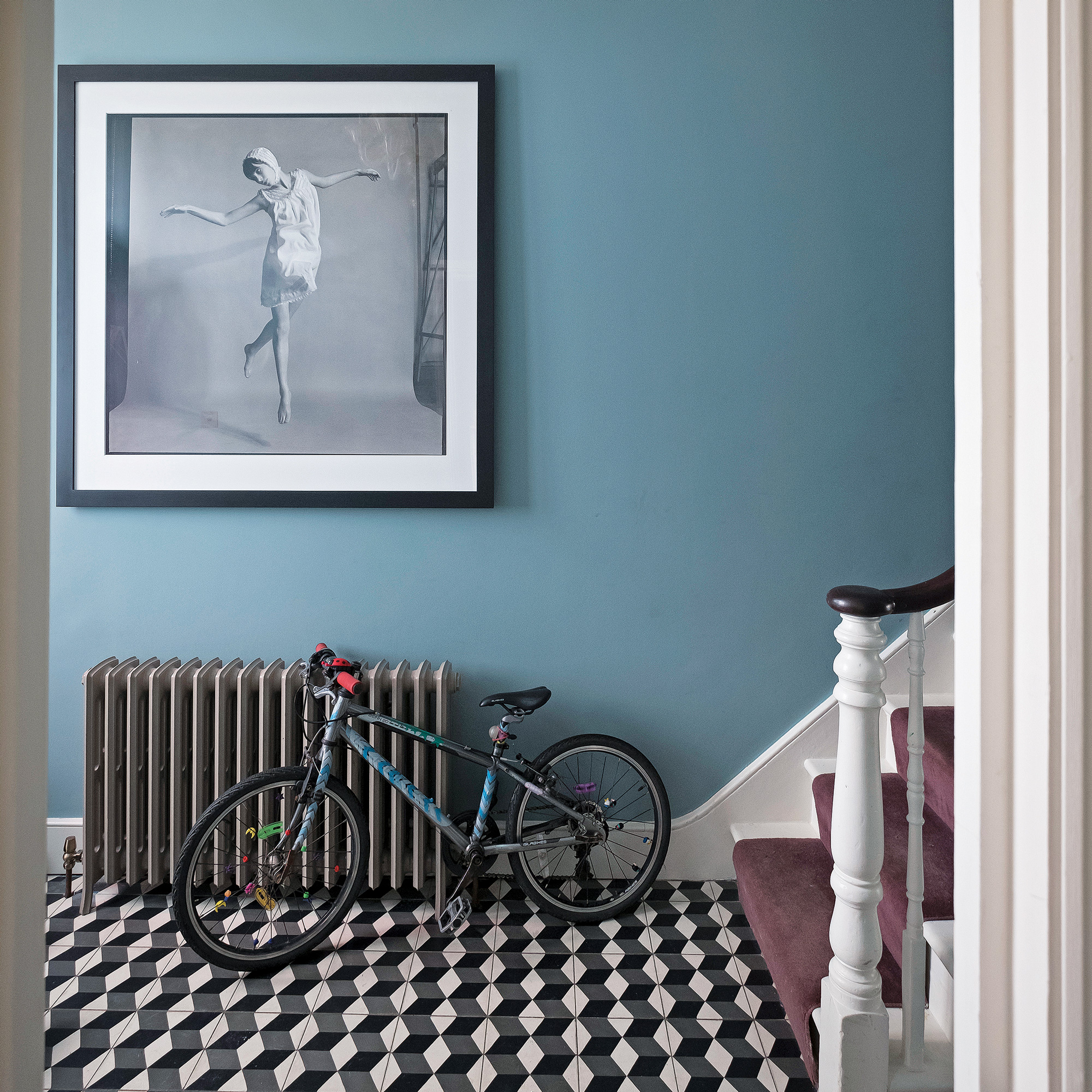 How to make a hallway smell incredible without candles - 7 ways to gently fragrance your entranceway
How to make a hallway smell incredible without candles - 7 ways to gently fragrance your entrancewayGo flame-free to safely scent your entryway
By Vanessa Richmond
-
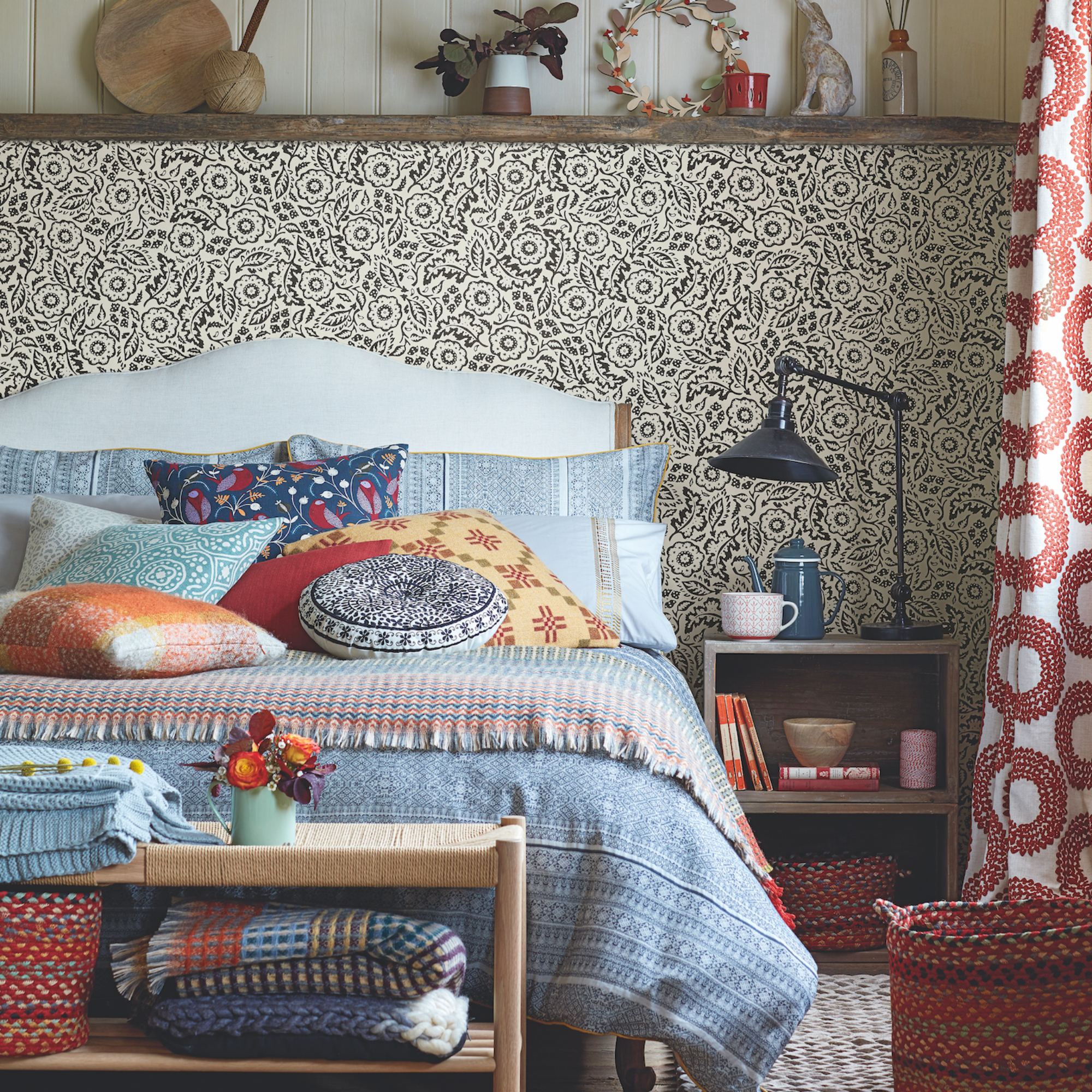 6 ways I brighten my home in January when the Christmas decorations come down, as an interior stylist
6 ways I brighten my home in January when the Christmas decorations come down, as an interior stylistHelp banish the winter gloom with these uplifting ideas
By Laurie Davidson
-
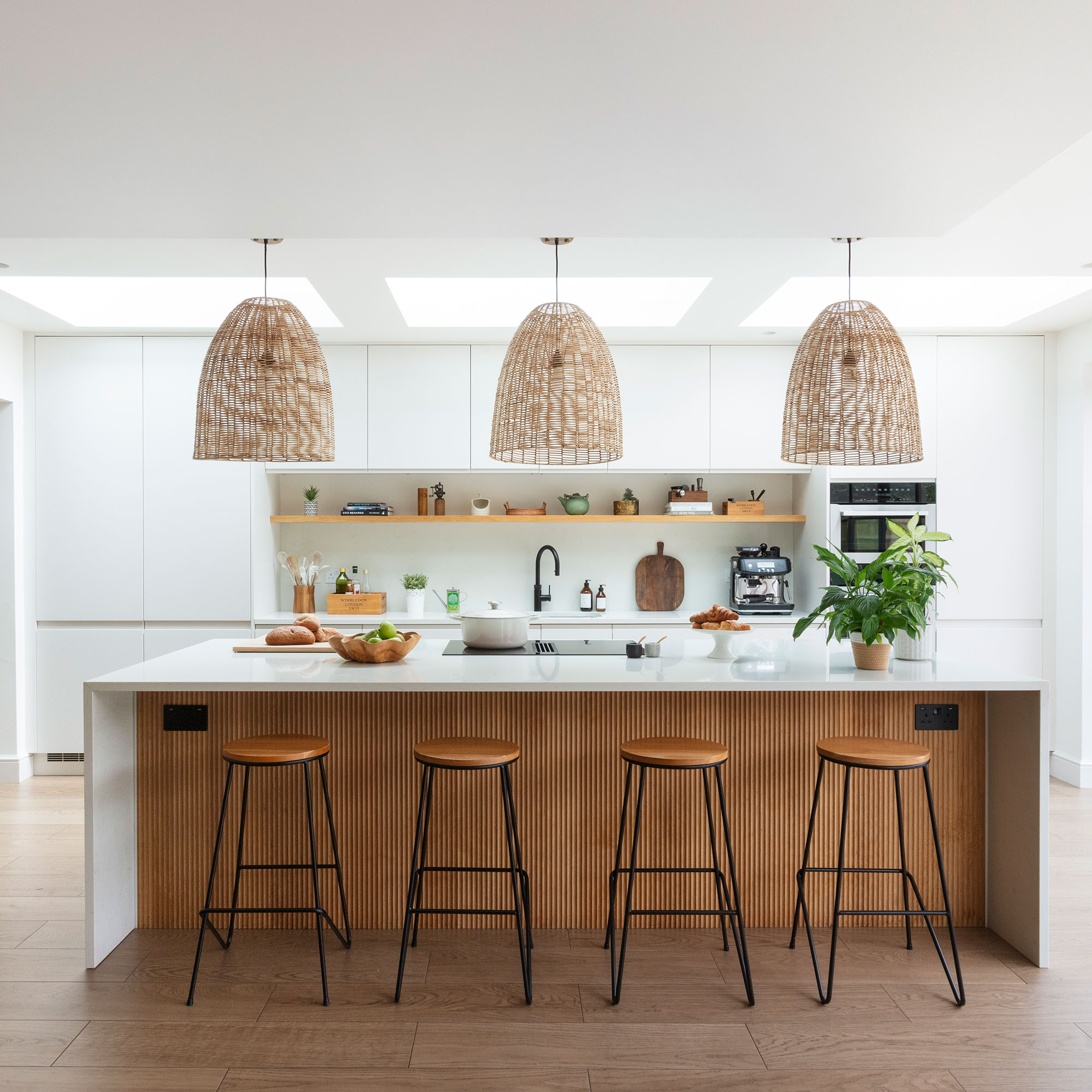 Kitchen hacks to encourage healthy eating habits — 7 ways your kitchen can support healthy living
Kitchen hacks to encourage healthy eating habits — 7 ways your kitchen can support healthy livingMake creating healthy changes easy by following these tips
By Eilidh Williams
-
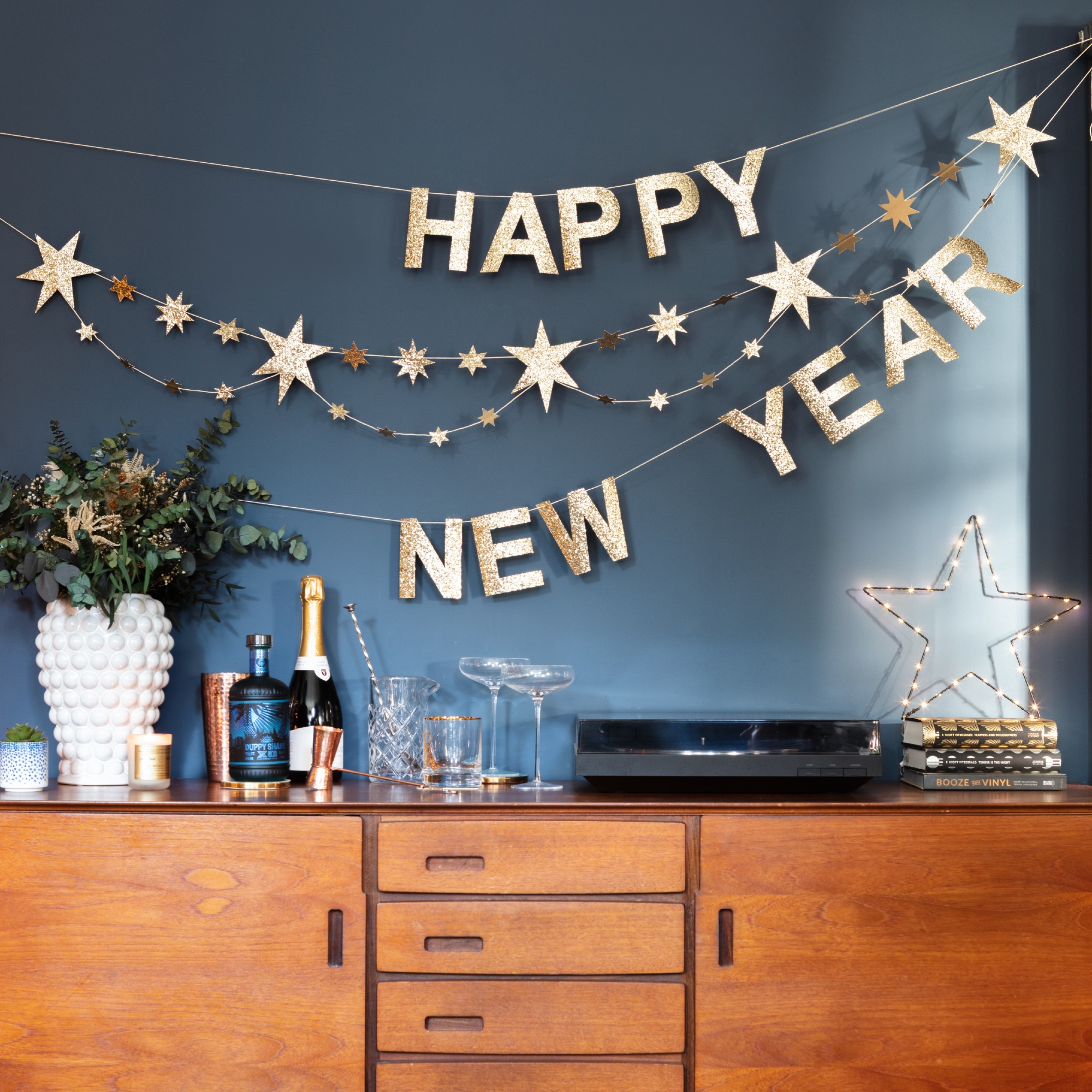 How to reset your home after Christmas to restore a sense of calm
How to reset your home after Christmas to restore a sense of calmFollow these 7 steps to get back to normal at home and beat post-Christmas blues
By Eilidh Williams
-
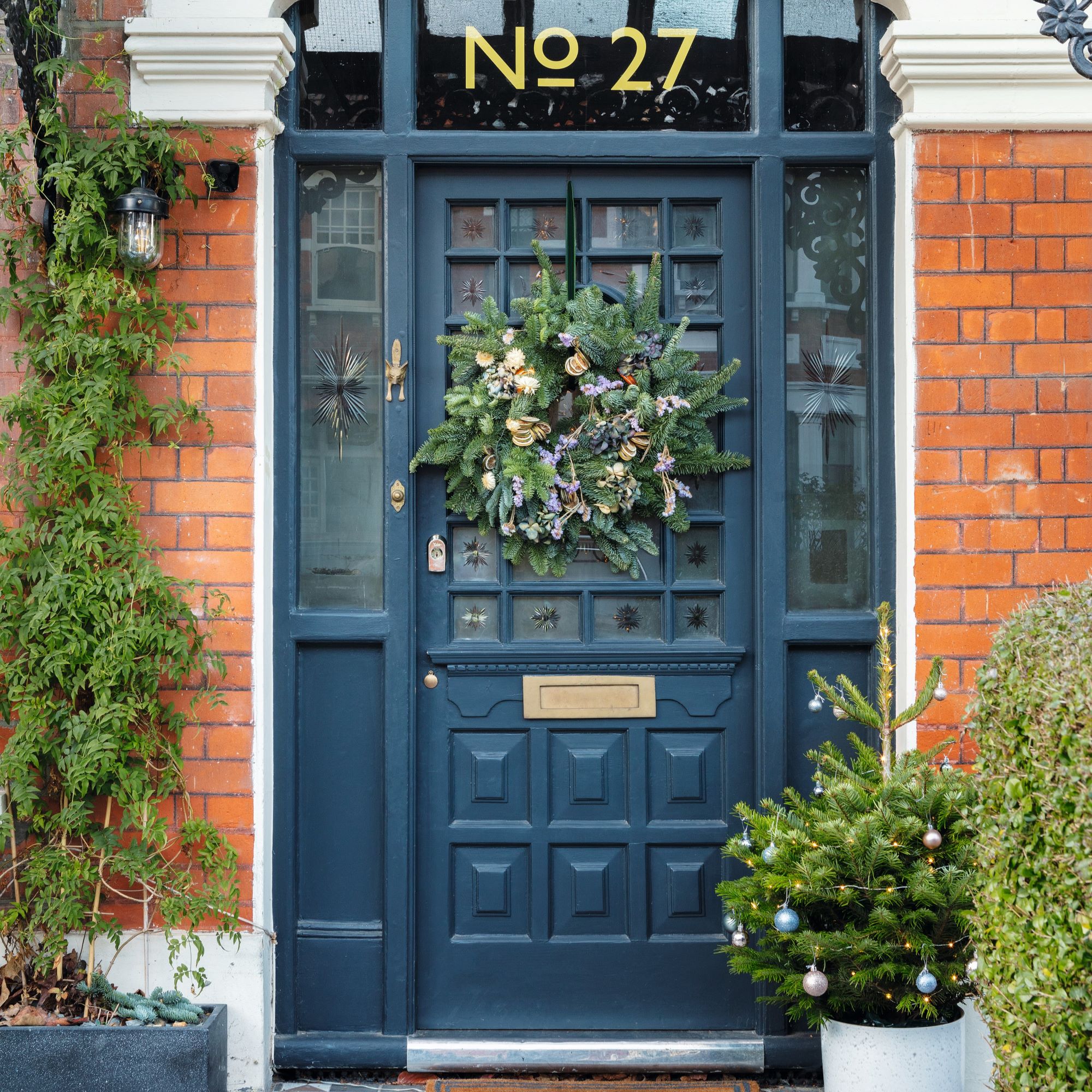 How to make a house look more inviting - 8 ways to quickly boost your house’s appeal in time for Christmas
How to make a house look more inviting - 8 ways to quickly boost your house’s appeal in time for ChristmasMake visitors feel welcome from the second they step foot on your property
By Vanessa Richmond